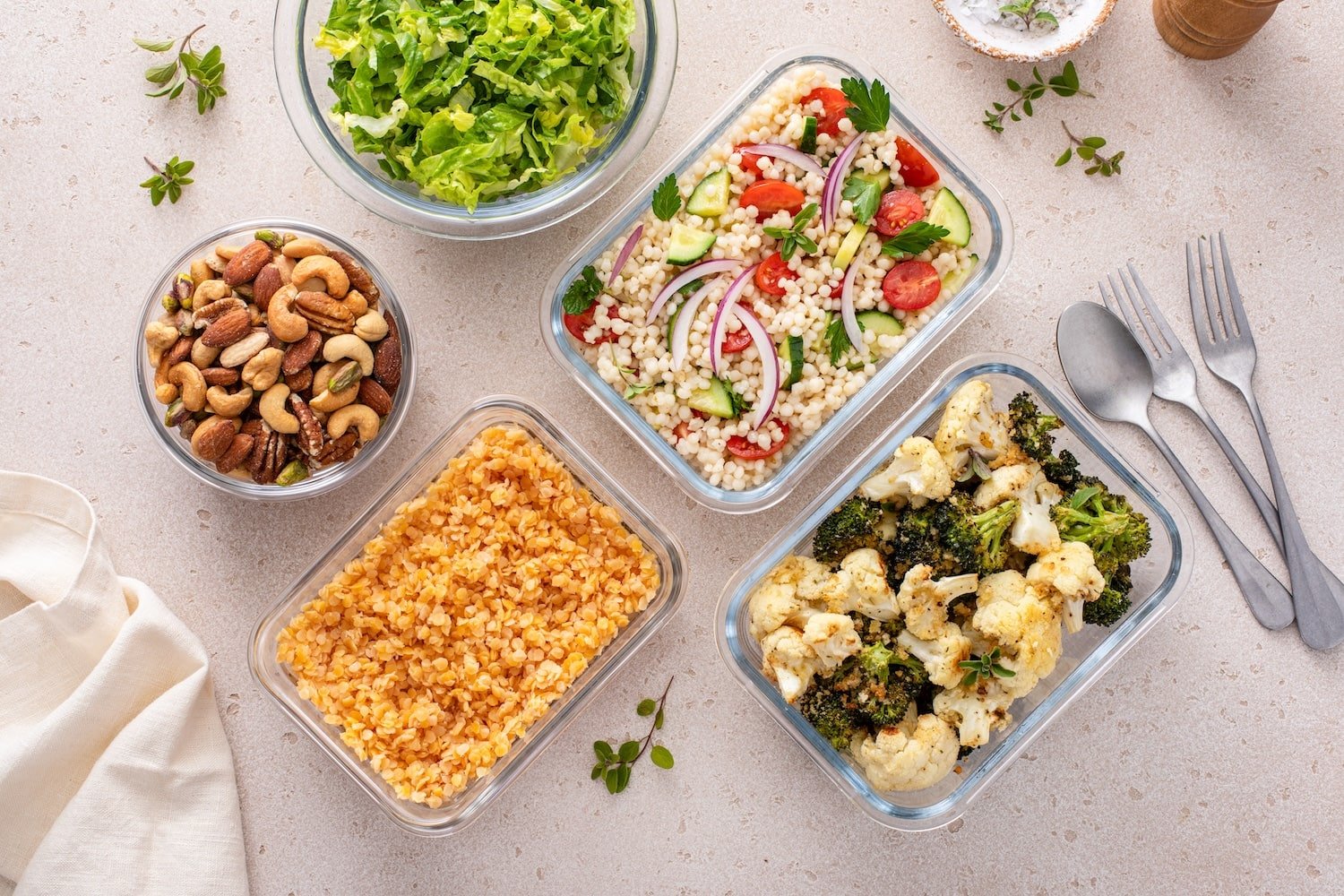How to Reduce Your Food Waste—And Why It Matters
Here’s a stat that might surprise you: In the U.S., up to 40% of food goes uneaten every year. That’s around 119 billion pounds of food wasted annually — enough to fill nearly 1,000 Empire State Buildings. It adds up to a whopping $408 billion worth of food wasted and is responsible for 8-10% of global greenhouse gas emissions.
Food waste isn’t just about what’s on your plate — it’s about the water, energy, labor, and resources used to grow, harvest, and transport that food. When food ends up in landfills, it produces methane, a powerful greenhouse gas that accelerates climate change.
The good news? Reducing food waste is one of the easiest ways to shrink your climate footprint — and save money while you’re at it. A family of 4 can save up to $1500 in food costs per year by following these tips.
Simple Ways to Reduce Your Food Waste
Here are easy, actionable tips to help you waste less and save more — for your wallet and the planet.
1. Take stock before you shop
Before heading to the store, check what you already have. Make a meal plan based on what’s in your fridge, freezer, and pantry so you buy only what you need. Making a meal plan is one of the most effective ways to waste less food!
Here’s a great interactive tool you can use to make a meal plan. Customize it based on how many folks you’re shopping for, how many days, and your dietary preferences.
Another approach? Try a meal delivery service like Thistle to get just what you need — bonus points if it’s plant-based.
2. Store food the right way
A little food storage know-how goes a long way:
Greens stay fresher with a paper towel in their container.
Potatoes and onions like cool, dark places (but don’t store them together — they make each other spoil faster).
Tomatoes, bananas, and citrus do best on the counter.
Don’t forget to use your freezer. It’s like pressing “pause” on expiration, and most cooked meals freeze and reheat great.
3. Buy "imperfect" produce
Those misshapen apples and funky-looking carrots? They taste exactly the same.
By choosing “ugly” fruits and veggies, you help reduce food waste at the source — and they’re often cheaper.
You can even shop directly from marketplaces that specialize in selling perfectly good, “imperfect” produce like Misfits Market.
4. Get creative with scraps & leftovers
Don’t toss food that looks a little past its prime — repurpose it!
Stale bread? Make croutons or breadcrumbs.
Soft fruit? Toss it into a smoothie or bake it into muffins.
Wilted veggies? Perfect for soups, stews, or stir-fries.
Check out all sorts of awesome zero waste food recipes and hacks here.
5. Know what those date labels really mean
“Best by” doesn’t mean “bad after.” Expiration dates can be confusing — and they’re a big reason people throw out food too soon.
Here’s a quick guide:
"Sell by": For stores, not shoppers. It tells retailers when to pull the item from shelves. Your food is usually good well beyond this date.
"Best by" or "Best if used by": This is about quality, not safety. It means the food may not taste quite as fresh after this date, but it’s still perfectly safe to eat.
"Use by": This is the manufacturer’s recommended date for peak quality. It’s not a safety date (except on infant formula).
The bottom line: Trust your senses. If it looks, smells, and tastes fine, it probably is.
6. Compost what you can
Sometimes, food waste happens. Composting is your backup plan.
When you compost, food scraps return to the soil instead of the landfill, helping build healthier soil and reduce methane emissions.
Not sure where to start? Head to the Dashboard.Earth app for local composting resources, or find more here!
Every Bite Counts
Reducing food waste is one of the simplest, most effective climate actions you can take — and it adds up fast. If every household in the U.S. reduced wasted food by just 15%, it would be enough to feed 25 million people every year.
Track your progress and get rewarded for every climate-friendly habit in the Dashboard.Earth app — including meal planning, composting, and more! Log your food waste actions, see your impact add up, and join a community of Angelenos taking action for a better future.

